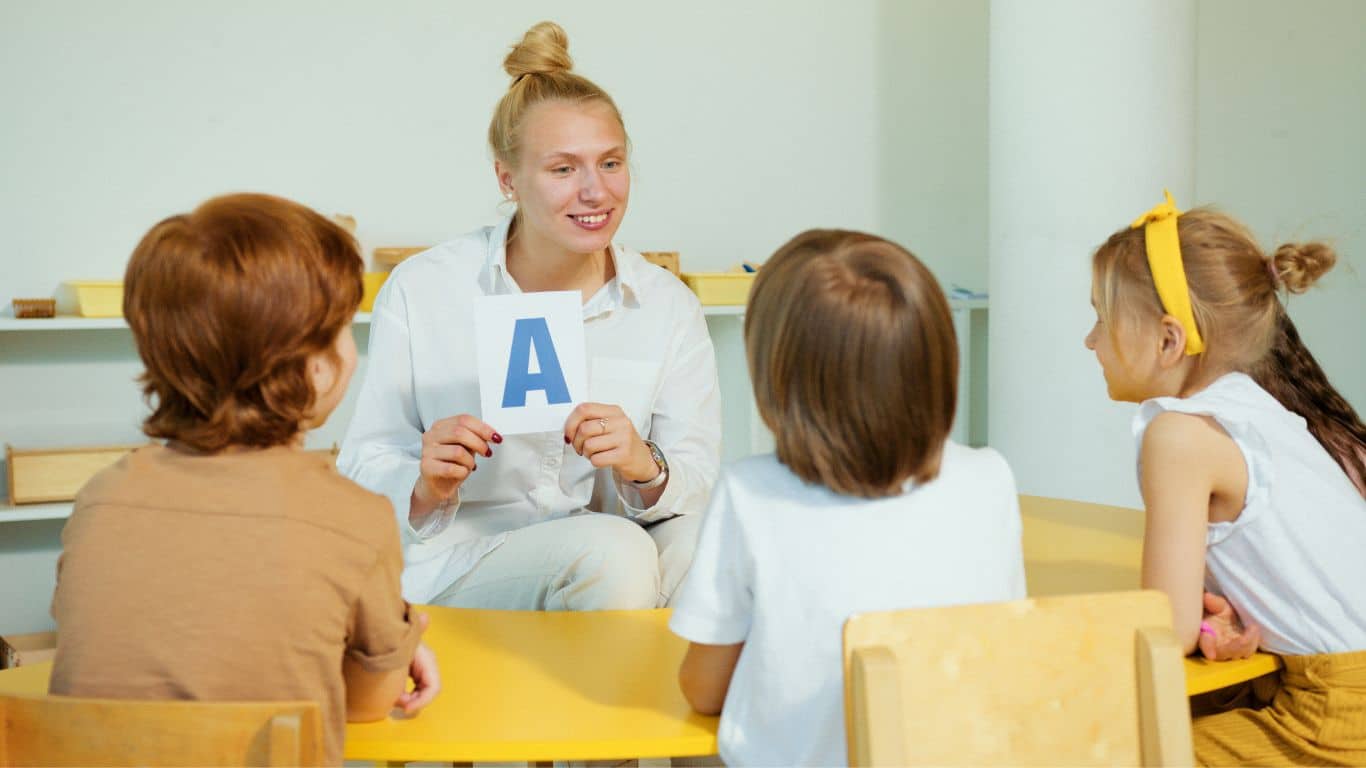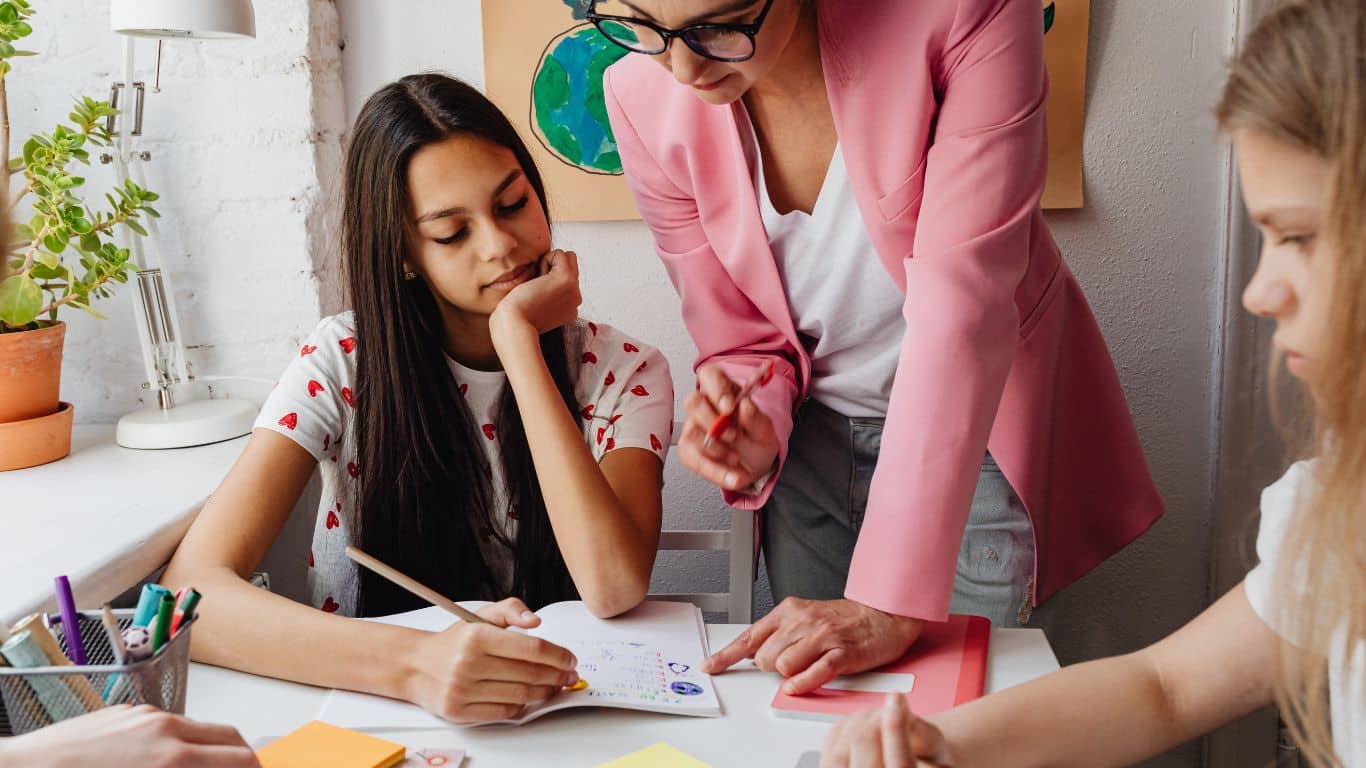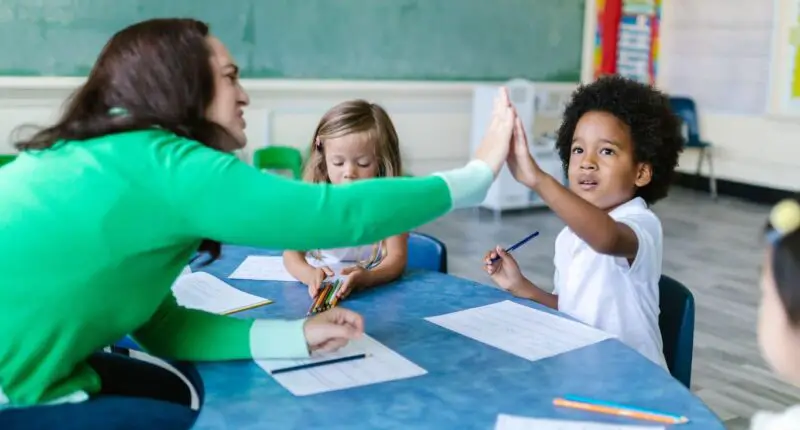In the ever-evolving landscape of education, the role of teachers has transformed from being mere dispensers of information to facilitators of active learning. Traditional lecture-style teaching methods are gradually giving way to interactive techniques that encourage student engagement, critical thinking, and collaboration. Interactive teaching approaches not only foster a deeper understanding of subjects but also cultivate essential skills that prepare students for the challenges of the modern world. In this article, we will explore 10 interactive teaching techniques that empower educators to create engaging learning environments. These techniques are designed to captivate students’ attention, encourage active participation, and promote a deeper understanding of the subject matter. From collaborative group activities to technology-enhanced learning experiences, these strategies offer a diverse range of options to suit different subjects, age groups, and learning styles.
10 Interactive Teaching Techniques
Think-Pair-Share
Think-Pair-Share is a simple yet powerful strategy that encourages active participation and critical thinking.
During the “Think” phase of Think-Pair-Share, students can be encouraged to jot down their initial thoughts or ideas in a personal journal, promoting reflection and introspection. This self-reflection can enhance metacognitive skills as students become more aware of their own thinking processes.
The “Pair” stage can be extended to include peer feedback and constructive critique, enabling students to refine their ideas further.
Finally, in the “Share” phase, incorporating digital platforms or online discussion forums can provide a broader audience for students to showcase their insights and receive feedback from a wider community.
This technique not only promotes collaboration and communication skills but also helps students develop their own perspectives.
Group Discussions
Teaching Technique like Group discussions allow students to exchange ideas, share insights, and learn from one another. By working collaboratively, students develop essential communication and interpersonal skills, while also gaining a deeper understanding of the topic through diverse perspectives.
To maximize the benefits of group discussions, teachers can introduce structured protocols or discussion frameworks. For example, using the Socratic Seminar method encourages students to ask thoughtful questions, actively listen to their peers, and engage in respectful dialogue.

Role-Playing
Role-playing is an immersive technique that involves assigning students specific roles or characters related to the topic being studied. It helps students explore different viewpoints, develop empathy, and improve problem-solving skills.
Through role-playing, students engage in active learning, apply theoretical concepts to real-life scenarios, and enhance their creativity and communication skills.
Incorporating technology into role-playing activities can add an extra layer of engagement. For instance, students can utilize virtual reality (VR) or augmented reality (AR) applications to immerse themselves in simulated environments relevant to the topic.
Hands-on Experiments
The approach, like Hands-on experiments provide students with opportunities to engage with the subject matter in a tangible way. Whether it’s conducting scientific experiments, building models, or performing demonstrations, hands-on activities promote active learning by encouraging students to explore, observe, and analyze real-world phenomena.
To extend the impact of hands-on experiments, teachers can encourage students to document their observations and findings through multimedia formats such as video recordings or digital portfolios. This documentation not only serves as evidence of their learning but also allows for reflection and review at a later stage.
Case Studies
Case studies involve analyzing and discussing real-life examples or scenarios relevant to the subject being taught. By examining complex situations, students can apply theoretical knowledge to practical contexts, develop analytical skills, and enhance their decision-making abilities.
To make case studies more engaging, teachers can encourage students to conduct primary research by interviewing individuals involved in the actual case or by visiting relevant locations. This firsthand experience adds depth and authenticity to their analysis.

Simulations
Create virtual or simulated environments that replicate real-world situations. They allow students to actively engage with complex systems, make decisions, and observe the consequences of their actions.
To augment simulations, teachers can introduce collaborative elements, enabling students to work together as a team to solve complex problems within the simulated environment.
Interactive Games
Integrating educational games into the classroom can make learning a fun and engaging experience. Interactive games provide an immersive and interactive platform for students to apply knowledge, reinforce concepts, and develop skills.
To enhance interactive games, teachers can introduce gamified elements such as leaderboards, badges, or rewards to incentivize active participation and healthy competition. This gamification strategy fosters intrinsic motivation and a sense of achievement.
Debates
Critical thinking and argumentation skills can be improved by engaging students in structured discussions on controversial topics. By researching and presenting their viewpoints, students learn to analyze information, construct persuasive arguments, and respectfully engage in intellectual discourse.
To further enrich debates, teachers can assign roles randomly or let students choose their positions through a lottery system. This approach challenges students to critically analyze and argue from different perspectives, broadening their understanding of complex issues.

Problem-Solving Activities
Problem-solving activities challenge students to apply their knowledge and skills to solve complex problems. These activities can be open-ended or structured, requiring students to think critically, analyze information, and devise solutions.
To make problem-solving activities more dynamic, teachers can introduce real-time challenges or time constraints, simulating real-world scenarios that require quick thinking and decision-making. This sense of urgency encourages students to think on their feet and develop resilience in the face of obstacles.
Multimedia Presentations
Teaching Technique like Multimedia presentations involve incorporating various audio-visual elements, such as videos, images, and interactive tools, to deliver content. This technique caters to diverse learning styles, enhances engagement, and facilitates information retention.
Promoting creativity by allowing students to explore different presentation formats, such as infographics, videos, or podcasts, can unleash their artistic talents and cater to diverse learning preferences.
Also Read: 10 Reasons to Say Goodbye to Your Smartphone Addiction



